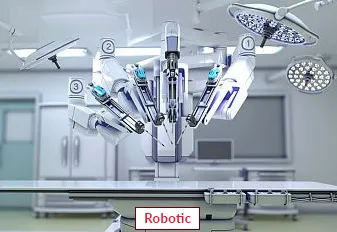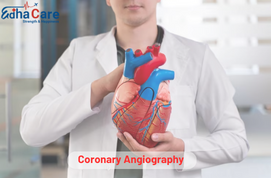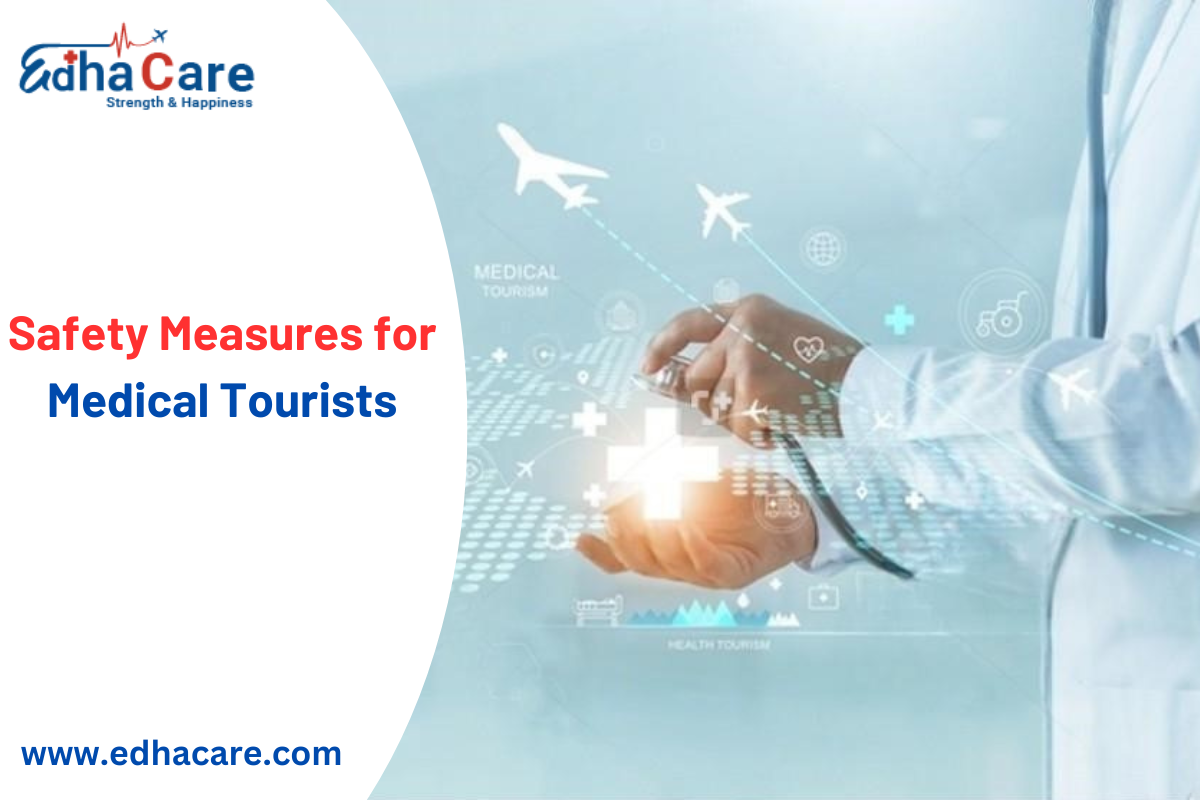Angioplasty Surgery

Percutaneous transluminal angioplasty (PTA), sometimes referred to as angioplasty surgery, is a minimally invasive technique used to open up constricted or blocked arteries. In order to compress the plague against the arterial walls and restore blood flow, a tiny balloon catheter is placed into the damaged artery and inflated during the surgery. Conditions like renal artery stenosis, peripheral arterial disease, and coronary artery disease are frequently treated with this treatment. Symptoms such as leg pain, shortness of breath, or chest pain brought on by decreased blood flow can be relieved with an angioplasty. It is frequently chosen over open surgery because of its reduced risk, shorter recovery period, and less side effects.
Book an AppointmentAbout Angioplasty Surgery
Symptoms: Angina (chest discomfort), dyspnea, exhaustion, claudication (leg pain), or other symptoms of decreased blood flow may point to the necessity of an angioplasty.
Causes: Atherosclerosis, a disorder marked by the accumulation of plaque, is the cause of blockage or narrowing in arteries that are treated with angioplasty.
Treatment: By opening up constricted or clogged arteries, angioplasty attempts to enlarge them to restore blood flow, which lessens symptoms and enhances circulation in general. To treat underlying issues and stop recurrence, lifestyle changes, and medicines may be suggested after the treatment.
Procedure of Angioplasty Surgery
Preparation: To access the blood vessel, a tiny incision is made in the wrist or groin area after the patient is given local anesthetic.
Guidewire insertion: Using X-ray guidance, a thin guidewire is inserted into the blood vessel and threaded to the blockage site.
Balloon insertion: To access the constricted or obstructed region, a deflated balloon catheter is passed over the guidewire.
Balloon inflation: Inflating the balloon causes it to expand and press the plaque up against the arterial walls.
Placement of a stent: To maintain the artery open and stop it from narrowing again, a stent, which is a tiny mesh tube, may occasionally be implanted.
Balloon deflation: The balloon is inflated and taken down after the required width has been reached.
Closure: In order to stop the bleeding, pressure is given and the incision site is closed. Before being released, the patient is usually observed for a little amount of time.
Require Assistance?
Get A Quick Callback From Our Healthcare Experts
Other Specilities We Cover

Robotic Heart Bypass Surgery

Heart Bypass Surgery




